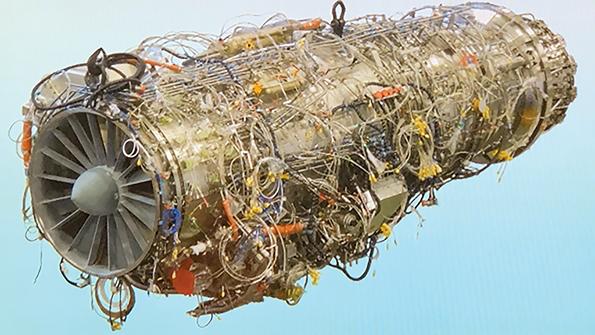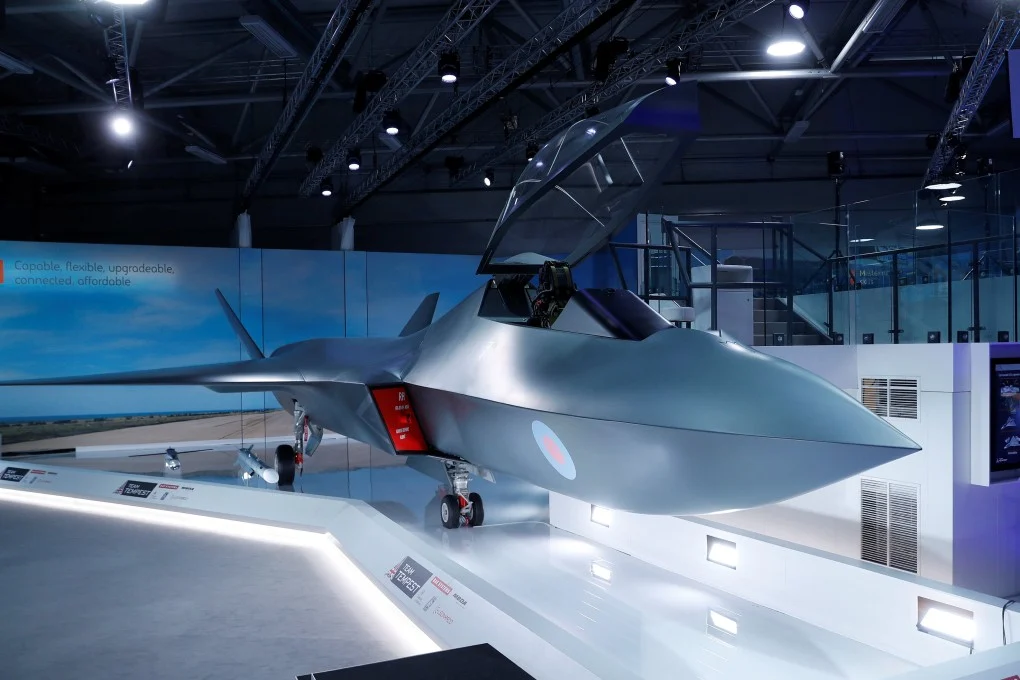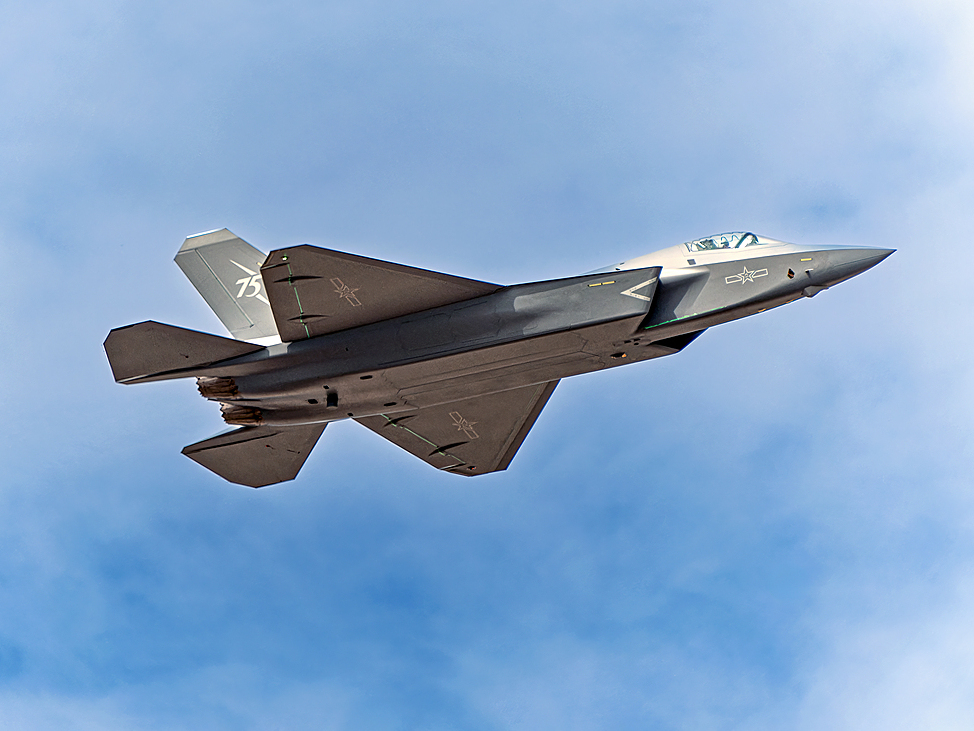Japan Offers XF9-1 Engine to Power India’s AMCA Stealth Fighter in Strategic Indo-Pacific Pivot
At the core of Japan’s proposal is the IHI XF9-1, one of the most advanced low-bypass afterburning turbofan engines developed globally, initially designed for Japan’s indigenous F-X (F-3) stealth fighter program.
(DEFENCE SECURITY ASIA) — Japan has officially entered the high-stakes global race to power India’s fifth-generation Advanced Medium Combat Aircraft (AMCA), offering its next-generation IHI XF9-1 turbofan engine—a move that could profoundly reshape Asia’s future aerial battlefield.
This offer positions Japan as the fourth contender in the propulsion contest for India’s AMCA, joining the United States, United Kingdom, and France in a competition of both technology and strategic alignment.
At the core of Japan’s proposal is the IHI XF9-1, one of the most advanced low-bypass afterburning turbofan engines developed globally, initially designed for Japan’s indigenous F-X (F-3) stealth fighter program.
Jointly developed by IHI Corporation and Japan’s Acquisition, Technology & Logistics Agency (ATLA), the XF9-1 boasts advanced thrust-to-weight ratios, scalability, and cutting-edge heat-resistant materials, making it a technically superior choice for AMCA’s demanding fifth-generation airframe.
Japan’s IHI Corporation, formerly Ishikawajima-Harima Heavy Industries, stands as a cornerstone of the nation’s aerospace propulsion sector, with engineering roots that reach back to the early 20th century.
The company’s evolution in aero engine manufacturing began with partnerships involving global aerospace giants, progressively transitioning toward homegrown technological mastery.

Today, IHI is widely recognised as the central pillar behind Japan’s military and civilian aviation engine capabilities, having powered decades of progress in the country’s aerospace ambitions.
Among its landmark contributions is the F3 turbofan, which drives the Kawasaki T-4 advanced trainer—a mainstay of Japan’s pilot development program.
The company also developed the F7-10 turbofan specifically for the Kawasaki P-1 maritime patrol aircraft, enabling extended endurance and high-performance operations in anti-submarine warfare.
IHI’s legacy also includes the F5 turbojet that powered Japan’s first domestically-built jet trainer, the Fuji T-1, marking an early step in Japan’s post-war aviation resurgence.
On the civilian side, the FJR710 high-bypass turbofan was designed to meet commercial demands, further broadening IHI’s footprint beyond military applications.
At the pinnacle of its technological achievements stands the XF9-1—Japan’s most advanced and powerful fighter jet engine ever developed.
The XF9-1 embodies decades of cumulative engineering evolution, blending domestic innovation with deep expertise acquired from the licensed production of American engines such as the General Electric F110.
This cutting-edge engine not only showcases Japan’s self-reliant defence posture but also positions IHI as a formidable contender in the global fighter engine arena amid intensifying fifth-generation aircraft development worldwide.

The Japanese offer emerges amid growing frustration and timeline uncertainties surrounding other collaborations, particularly with the American GE F414, giving India an opportunity to fast-track its stealth fighter ambitions.
Beyond the hardware, Tokyo’s pitch represents a deepening of Indo-Japanese defence cooperation in the Indo-Pacific, where both democracies seek to counterbalance China’s growing regional assertiveness.
Experts believe that an Indo-Japanese propulsion partnership could evolve into a multi-decade aerospace alliance, with potential co-development frameworks and technology transfers aligning seamlessly with New Delhi’s Aatmanirbhar Bharat (Self-Reliant India) initiative.
Critically, the XF9-1’s modular architecture allows for stealth-optimized configurations, improved thermal management, and increased fuel efficiency—key attributes for a low-observable aircraft designed for deep-penetration missions.
The engine currently produces 11 tons (107kN) of dry thrust and 15 tons (147kN) with afterburner, exceeding the baseline supercruise requirements of 73-75kN, and has the potential to scale beyond 196kN in future iterations.
This growth potential aligns perfectly with AMCA Mk2 plans and sixth-generation upgrades involving loyal wingman drones, directed-energy weapons, and AI-enabled combat networks.
Defence analysts have lauded Japan’s offer as technically robust and geopolitically significant, especially as India urgently seeks a propulsion solution that ensures both performance and strategic autonomy.

“The J-35 will be a game-changer,” Defence Security Asia previously reported, referencing Pakistan’s acquisition of the Chinese stealth fighter and its implications for South Asia’s airpower balance.
India has now officially greenlit the AMCA program following Defence Minister Rajnath Singh’s approval of its execution model, signalling a shift from ambition to action.
This comes at a time when India faces a looming two-front airpower challenge—with China’s J-20 Mighty Dragon already operational and Pakistan expected to receive its first J-35A fighters within months.
According to Indian defence officials, the AMCA will be designed to match or exceed these adversaries’ capabilities through supercruise, stealth shaping, internal weapons carriage, advanced EW suites, and AI-based avionics.
The fighter is expected to become the backbone of the Indian Air Force (IAF) in the 2030s, complementing Tejas Mk1A and Mk2 platforms, and offering air superiority, strike, and survivability in contested environments such as Ladakh and Arunachal Pradesh.
Initial AMCA prototypes are expected to roll out by 2028-29, with limited series production beginning in 2032 and induction targeted by 2034, as confirmed by the Ministry of Defence.
The inclusion of Japan in this propulsion race adds geopolitical weight to India’s indigenous fifth-generation push, offering a unique blend of technical sophistication, strategic trust, and regional synergy.


